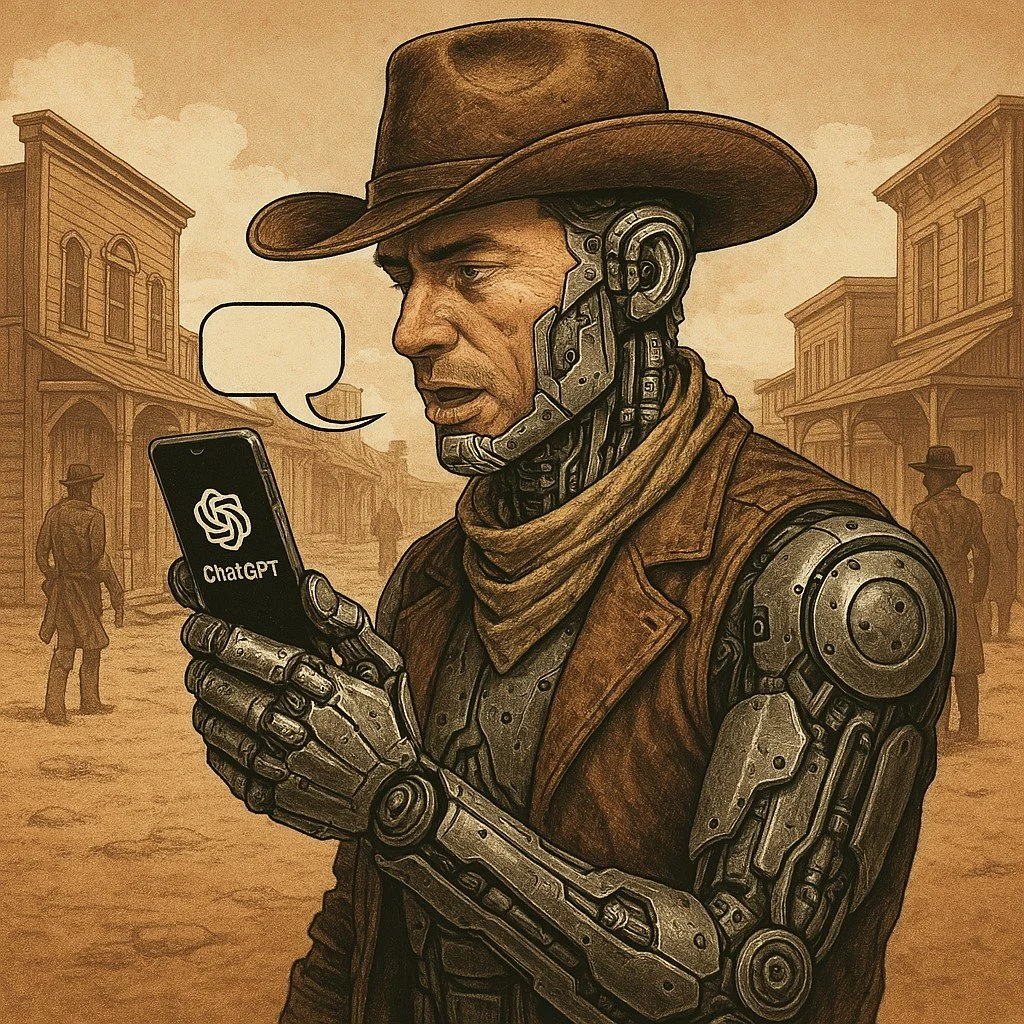AI is no longer a futuristic concept in the SaaS world—it's the present reality. As Jason Lemkin notes, "AI isn’t a differentiator anymore per se — it’s the baseline." Customers now expect AI capabilities to be seamlessly integrated into products, enhancing workflows, onboarding, and predictive insights.(SaaStr)
This shift has led to skyrocketing customer expectations. Users demand faster, smarter, and more automated experiences. Onboarding should be seamless, communications should be automated, and insights should be readily available. To meet these expectations, products must be significantly better than they were even a year ago.(SaaStr)
AI is also revitalizing freemium and product-led growth (PLG) models. With AI enhancing onboarding and initial usage, customers can quickly realize value, making PLG strategies more effective than ever.(SaaStr)
However, AI is also disrupting pricing structures. Software categories that rely heavily on manual processes are being challenged by AI-driven alternatives that offer faster and cheaper solutions. Companies that fail to leverage AI to improve efficiency may find themselves under pricing pressure.(SaaStr)
On the upside, AI is improving gross margins for SaaS companies. By effectively integrating AI, companies can deliver more value at a lower cost, gaining a competitive advantage. As Lemkin observes, "Gross margins will improve for AI-driven SaaS. Don’t let costs be an excuse."(SaaStr)
In summary, AI is fundamentally transforming the SaaS landscape. Companies that embrace AI and integrate it effectively into their products and strategies will be well-positioned to thrive in this new era.
Reference: Lemkin, J. (2025, March 24). AI is Already Remaking SaaS. 10 Trends To Watch Right Now. And Not Fall Behind On. SaaStr.










